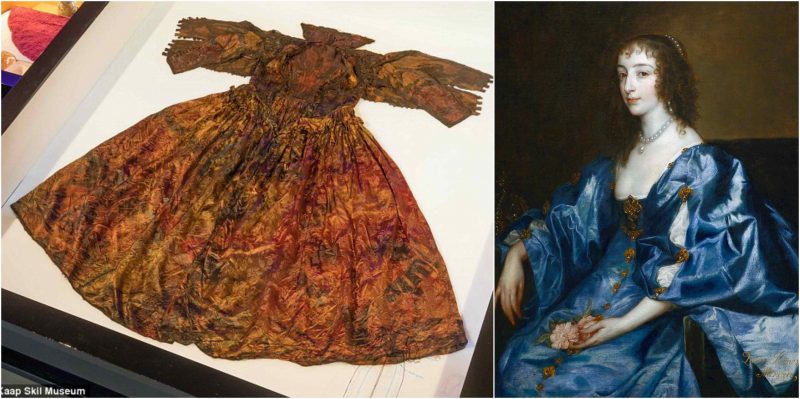What initially appeared to be a collection of rags at the bottom of the North Sea has been found to contain a luxurious wardrobe that may have belonged to one of Charles I’s female courtiers. The treasure trove was discovered in 2014 by divers off the coast of the Netherlands.
Apparently, the area that this shipwreck was discovered, around the Dutch island of Texel, is full of other shipwrecks. This is mostly due to the fact that this area was once used by vessels as a safe harbor while they were ploughing the North Sea. Unfortunately, many ships encountered trouble while entering or leaving the region.
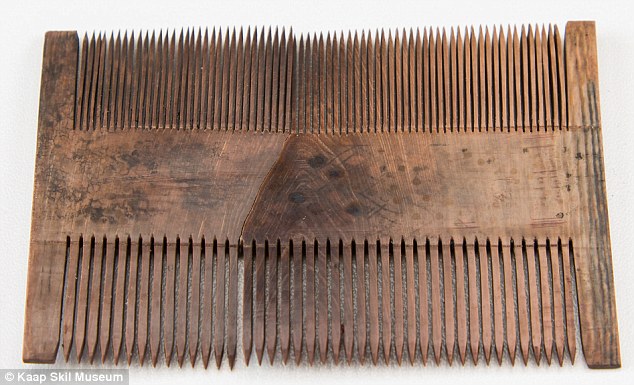
The shipwreck in which the items were recovered had been recently exposed by a storm, which had washed away the silt that had covered the wreck for four centuries. Once the divers had separated their haul, they realized that some items were remarkably well-preserved and appeared to be from the Stuart dynasty. This connection was suggested by the Bible that was found in the shipwreck; it had the stamp of the Stuart Crest on its cover.
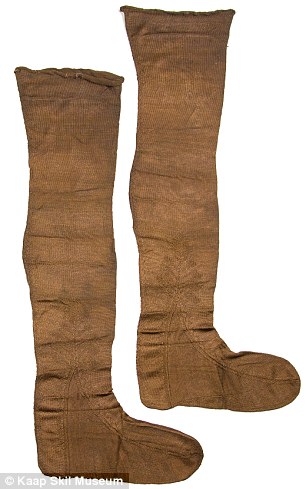
The collection of rags turned out to be several antique dresses, according to the project leader, Rob van Eerden, to The Times. One of these dresses was nearly intact; an impressive find. One Dutch expert said that the dress was the first complete item of clothing from the era to have been found in the country. All of the dresses, intact or not, were made of silk and embroidered with silver and gold thread. Such decadence implies that they must have been owned by wealthy and powerful people. Other recoveries aside from the dresses and the Bible were boots, a wooden comb, and a velvet purse. All items that are likely found in the wardrobe of a nobleman.
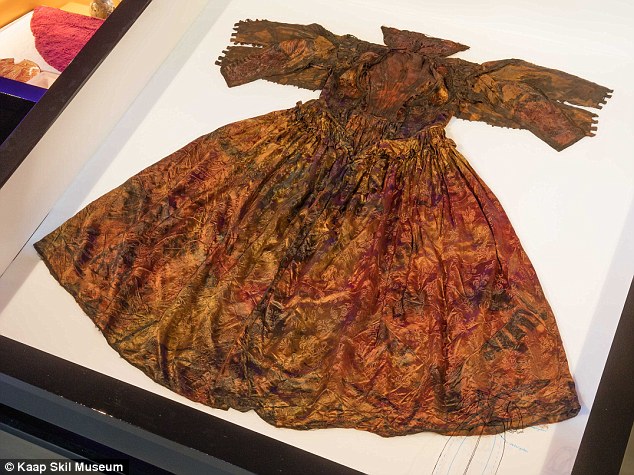
Researchers have found a letter that proves that one of the ships carrying the possessions and retinue of Queen Henrietta Maria, who was wife of Charles I, sank in the same area as the new discovery. Her ship was headed for Holland in 1642 as part of a convoy of 12 ships.The reason that the queen and her ships sailed to Holland lies with the English Civil War and with her husband, Charles I.
The opposing sides of the English Civil War were the pro-royal Cavaliers and the rebel Roundheads. It would, unfortunately, lead to the execution of Charles I. It all started with a series of fiery disagreements between the king and Parliament over which side had the right to exercise political power.
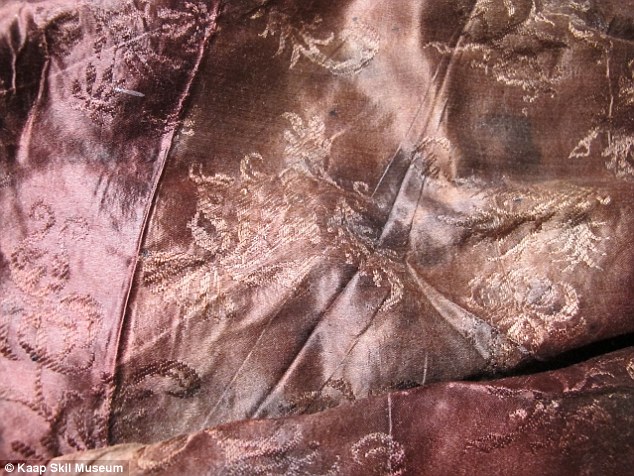
Led by Puritan general Oliver Cromwell, the Roundheads managed to kidnap Charles I and, in 1649, carried out his execution. His crime: treason. Afterwards, Cromwell was declared Lord Protector. When he died in 1658, his son Richard replaced him. These two men are the only people other than a king or queen to be the head of state in England.
Richard Cromwell did not have an easy time of it either. By 1660, he had lost confidence in the army. Charles II, the son of Charles I, took the throne and ushered in the period known as the Restoration.
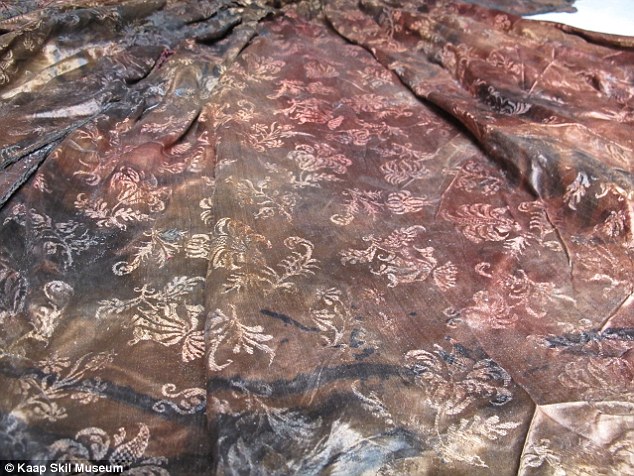
Early on in the Civil War, Queen Henrietta Maria was determined to help her husband. In 1642, she sailed to the Netherlands to pawn off the family jewels to raise money for her husband against the Roundhead rebels. Due to her status, and the amount she meant to sell, her convoy had 12 ships. One of which has been recorded as lost at sea. This vessel contained some of the queen’s silver and the wardrobe of one Countess of Roxburghe.
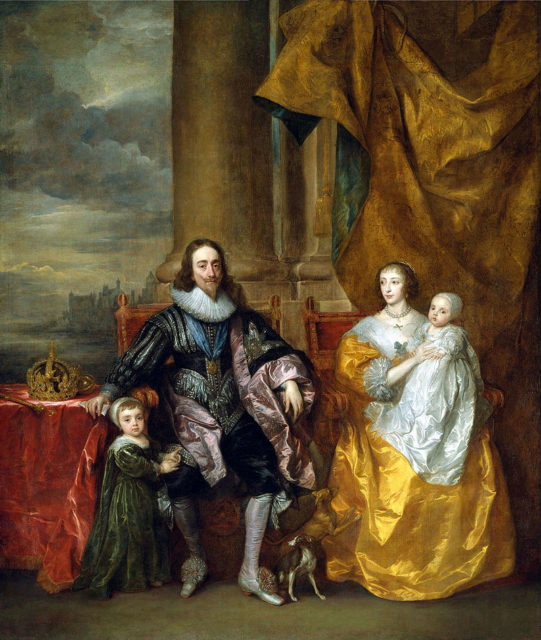
The gowns that had been recovered have been tentatively suggested to have belonged to Jane Ker, the Countess of Roxburghe. She was a Scottish noble, who had been close to Anne, the mother of Charles I. The Countess encouraged Anne to keep her Catholic faith, despite the fact that Britain was firmly Protestant by that time. It was because of her stance on religion that in 1617 Jane Ker was banished from court. She made one failed attempt to rejoin the royal household before the war began. When Henrietta and the king were in trouble, however, the Countess would return. She would be relied on by Henrietta Maria and would serve as her advisor on her voyages abroad.
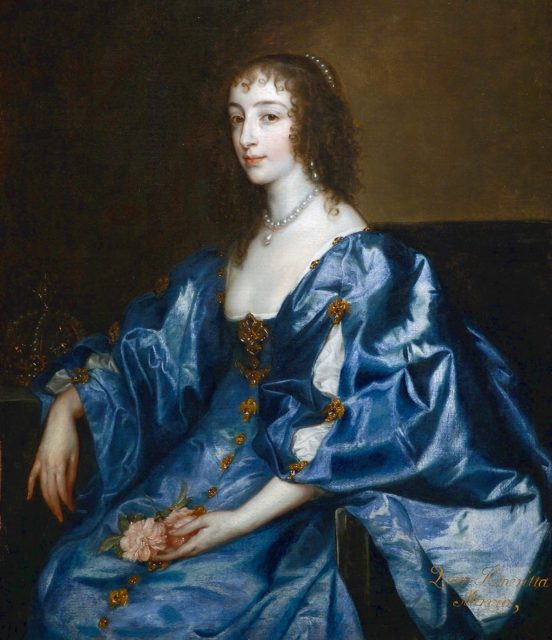
The queen would stay in Holland for one year before making the return journey to England, landing in Yorkshire and joining the Civil War campaign. She would go into exile in France in 1644. It was only after her son, Charles II, was restored to the throne and after the death of Oliver Cromwell that she returned to England for the last time.
The treasures that have been discovered and linked to her voyage are now on display in the Kaap Skil museum on Texel. They will stay there for at least a month before undergoing thorough examination by archeologists. Professor Maarten van Bommel, from the University of Amsterdam, commented on the magnitude of the find, saying, “We have seldom – perhaps even never – witnessed a find of this scale in a maritime context.”
